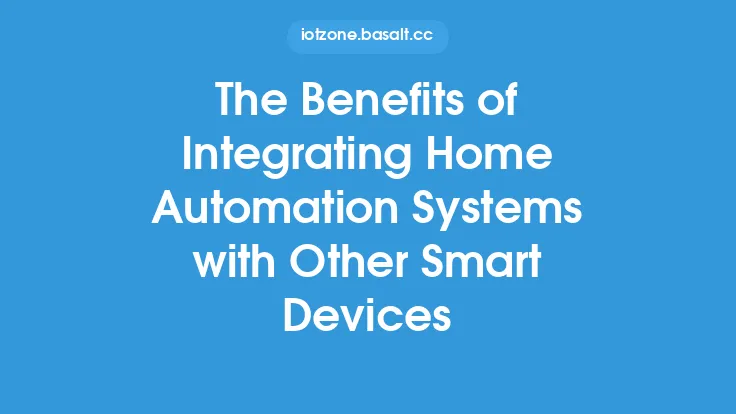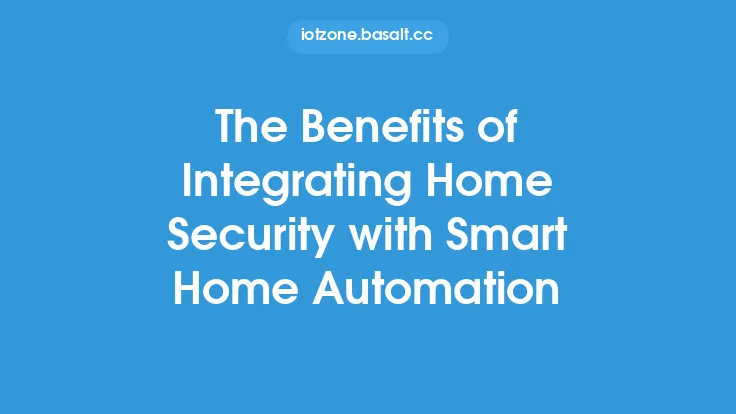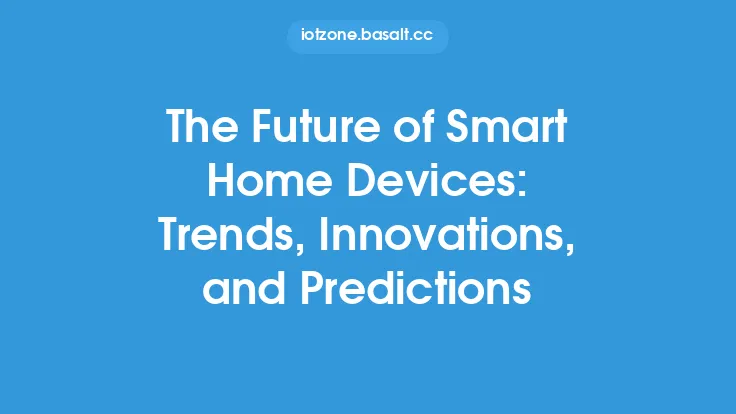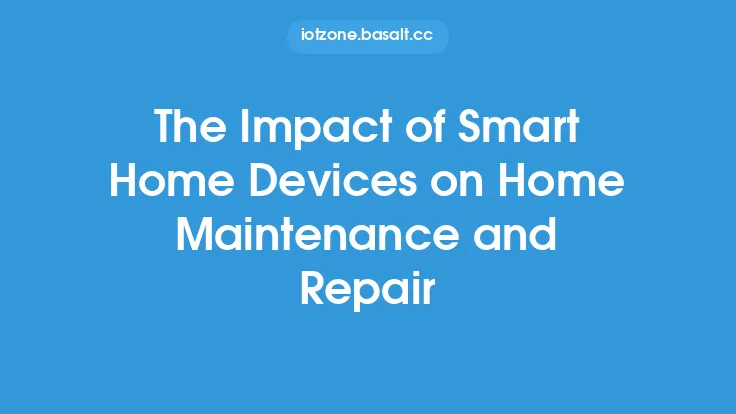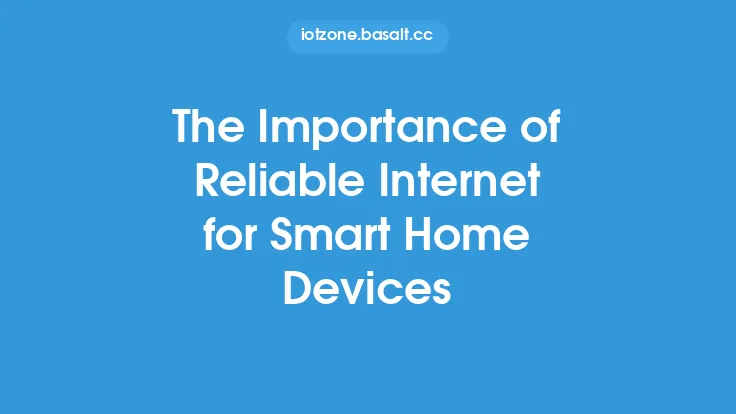The world of smart home devices has revolutionized the way people live, interact, and control their living spaces. For people with disabilities and elderly individuals, these devices can be particularly beneficial, offering increased independence, comfort, and safety. Smart home devices can be tailored to meet the specific needs of these individuals, providing them with a more accessible and enjoyable living experience.
Introduction to Smart Home Devices for People with Disabilities
Smart home devices for people with disabilities are designed to provide assistance and support with daily tasks, mobility, and communication. These devices can range from simple voice-controlled assistants to complex systems that integrate with wheelchairs, prosthetics, and other assistive technologies. For example, smart home devices can be programmed to control lighting, temperature, and entertainment systems, allowing individuals with mobility impairments to manage their environment with ease. Additionally, devices such as smart doorbells with video cameras and motion sensors can provide an added layer of security and awareness, enabling individuals to respond to visitors or potential threats.
Benefits of Smart Home Devices for Elderly Individuals
Elderly individuals can also greatly benefit from smart home devices, which can help them maintain their independence and quality of life. Smart home devices can assist with daily tasks such as medication reminders, calendar management, and communication with family and caregivers. For instance, smart speakers with voice assistants can be used to set reminders, play music, and provide news updates, helping to combat loneliness and isolation. Furthermore, smart home devices can be integrated with wearable devices and health monitors, enabling elderly individuals to track their health and wellness, and receive alerts and notifications in case of emergencies.
Accessibility Features of Smart Home Devices
Smart home devices often come with built-in accessibility features that can be tailored to meet the specific needs of people with disabilities and elderly individuals. These features may include voice control, gesture recognition, and text-to-speech functionality, allowing individuals to interact with devices in a way that is comfortable and convenient for them. For example, smart thermostats can be controlled using voice commands, enabling individuals with mobility impairments to adjust the temperature without having to physically interact with the device. Additionally, smart home devices can be integrated with assistive technologies such as screen readers, braille displays, and joysticks, providing individuals with a range of options for interacting with their environment.
Smart Home Device Integration with Assistive Technologies
The integration of smart home devices with assistive technologies can greatly enhance the independence and quality of life of people with disabilities and elderly individuals. For instance, smart home devices can be integrated with wheelchairs, allowing individuals to control their environment using their chair's controls. Similarly, smart home devices can be integrated with prosthetic limbs, enabling individuals to control devices using their prosthetic limbs. Additionally, smart home devices can be integrated with communication devices such as augmentative and alternative communication (AAC) devices, enabling individuals with communication impairments to interact with their environment and communicate with others.
Technical Requirements for Smart Home Devices
The technical requirements for smart home devices can vary depending on the specific device and the individual's needs. However, most smart home devices require a stable internet connection, a compatible operating system, and a range of sensors and actuators to interact with the physical environment. For example, smart home devices may require Wi-Fi or Bluetooth connectivity to communicate with other devices and the cloud. Additionally, smart home devices may require specific protocols such as Zigbee, Z-Wave, or HomeKit to integrate with other devices and systems. Furthermore, smart home devices may require machine learning algorithms and natural language processing to understand voice commands and gestures, and to learn the individual's preferences and habits.
Security and Privacy Considerations for Smart Home Devices
The security and privacy of smart home devices are critical considerations for people with disabilities and elderly individuals. These devices often collect sensitive information such as voice commands, health data, and location information, which must be protected from unauthorized access and misuse. To address these concerns, smart home devices often come with built-in security features such as encryption, firewalls, and secure authentication protocols. Additionally, individuals can take steps to protect their privacy and security, such as using strong passwords, keeping software up to date, and being cautious when sharing personal information with third-party apps and services.
Future Developments in Smart Home Devices for People with Disabilities and Elderly Individuals
The future of smart home devices for people with disabilities and elderly individuals is exciting and rapidly evolving. Advances in artificial intelligence, machine learning, and the Internet of Things (IoT) are enabling the development of more sophisticated and personalized smart home devices. For example, smart home devices can be integrated with wearable devices and health monitors to provide real-time health tracking and alerts. Additionally, smart home devices can be integrated with autonomous systems such as robots and drones, enabling individuals to interact with their environment in new and innovative ways. Furthermore, the development of open standards and interoperability protocols is enabling the integration of smart home devices from different manufacturers, providing individuals with a range of options and greater flexibility.
Conclusion
In conclusion, smart home devices can greatly benefit people with disabilities and elderly individuals, providing them with increased independence, comfort, and safety. These devices can be tailored to meet the specific needs of individuals, providing assistance with daily tasks, mobility, and communication. The integration of smart home devices with assistive technologies and the development of accessibility features are critical to enhancing the independence and quality of life of people with disabilities and elderly individuals. As the technology continues to evolve, we can expect to see even more innovative and personalized smart home devices that can improve the lives of people with disabilities and elderly individuals.
